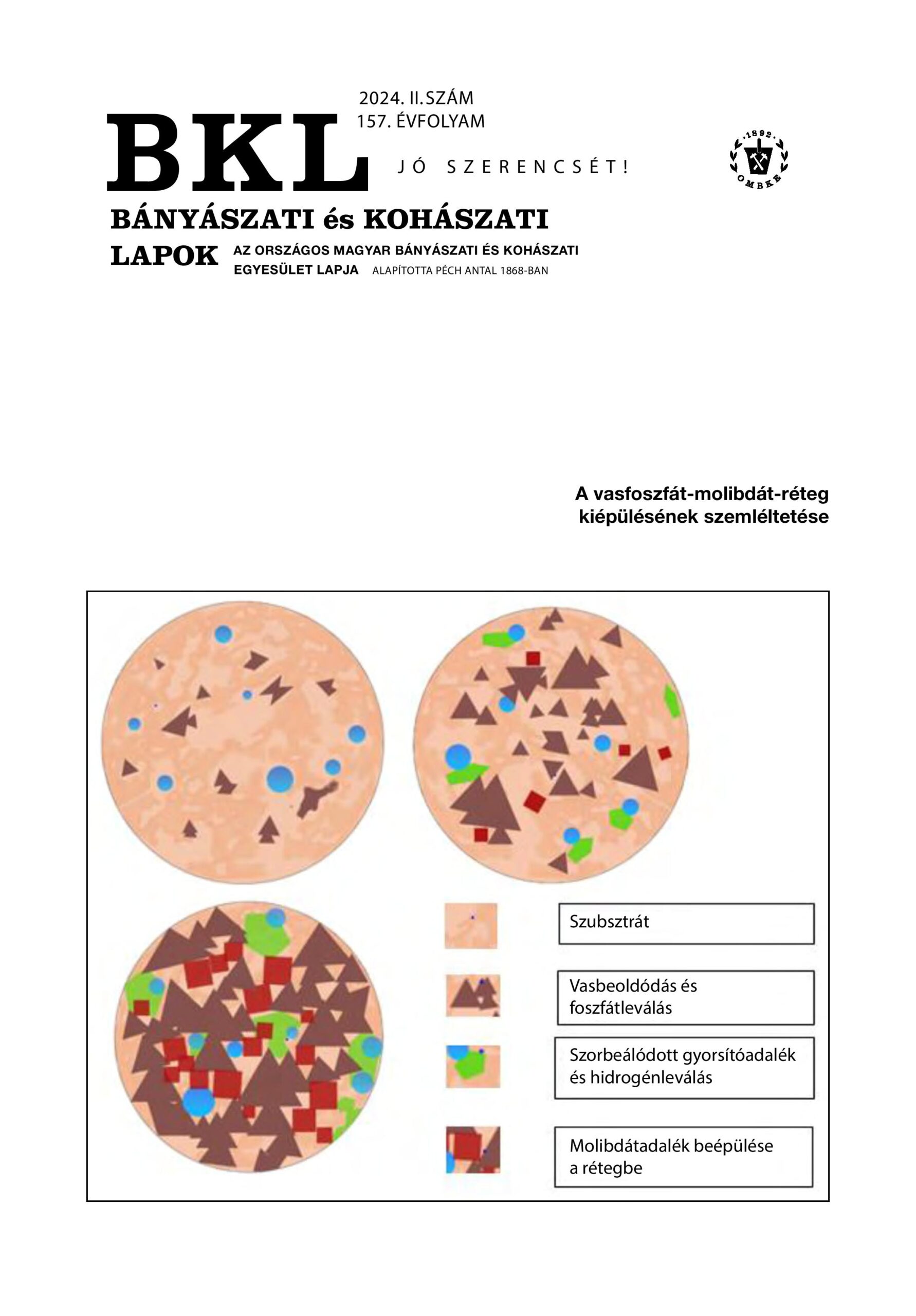Nyúlásértékek átszámítása
Absztrakt
A szakítóvizsgálatban meghatározott nyúlásérték valóban átváltható egy másik jeltávolságon meghatározott, nem mért nyúlásra? Milyen pontosan lehet egy mért szakadási nyúlást átváltani? A téma aktualitását az ISO 2566-1 szabvány 2021-ben bekövetkezett és 2022-ben korrigált változásai adják, amelyek a nyúlásértékek átváltásával foglalkoznak. Ebben a cikkben összehasonlítjuk a különböző jeltávolságok – mérőhosszok – esetén mért szakadási nyúlás eredményeit az ISO 2566-1 szabványban szereplő képletek alapján számított nyúlásértékekkel. Anyagvizsgálóként idegenkedünk attól, hogy a mérhető anyagtulajdonságokat valamilyen módon képzett eredményekkel helyettesítsük.
Az anyagvizsgálat eredményei az anyag adott pillanatban mért tulajdonságait rögzítik, ez az adott körülmények között vizsgált anyagra és csak arra az anyagra igaz.
A vizsgálati eredményeken alapuló modellek természetesen olyan összefüggéseket eredményezhetnek, amelyek iránymutatásként használhatók, mint például az acélok keménysége és szakítószilárdsága közötti összefüggés.
Ebben a cikkben azt vizsgáljuk, hogy a szabványban szereplő képletek alapján újraszámított szakadási nyúlásértékek, mennyire felelnek meg a tényleges vizsgálati eredményeknek.
Hivatkozások
MSZ EN ISO 2566-1: 2022 Az Sz. K. 2022. évi 8. számában közzétett, az ISO által 2022. júniusban kiadott helyesbített változat. Acélok. A nyúlásértékek átszámítása
MSZ EN ISO 6892-1: 2020 Fémek. Szakítóvizsgálat 1. rész: Vizsgálati módszer szobahőmérsékleten
Bocz András, Kiss Balázs, Márkus Dénes, Narancsik Zsolt, Vainel Viktor (2021): Nyúlásmérés rejtelmei lágyacéloknál. Anyagvizsgálók Lapja, 2021/III, 25-29. https://avilap.hu/view_article.jsp?article=1211
D. A. Oliver (1928): Proposed new criteria of ductility from a new law connecting the percentage elongation with size of test-piece. Proc. Inst. Mech. Eng., 115/1, 1-38. https:// doi.org/10.1243/PIME_PROC_1928_115_019_02 https://doi.org/10.1243/PIME_PROC_1928_115_019_02



